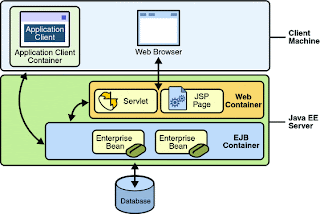- approach of the design and planning the web sites which involves technical, aesthetic, and functional criteria
web pages ?
- document or information resources that is suitable for the WWW and can be accessed through a web browser and can be displayed by monitor or mobile
- types :
- static
- does not change content or layout with every request to the web server
- change when web author manually updates them with text editor or web editing tools
- simple, secure, less prone to the technology errors and data breakdown, and easily visibe by search engines
- dynamic
- can adapt their content or appearence depending on user's interaction, changes in data supplies by and application, or as an evolution over timeason new web sites.
- using client-side scripting techniques (content can be changes quickly on the user's computer without new web request to the web server.
- client-server interaction
- offers flexibility
- active
- when stored in common directory of a web server, they become websites
- contain a group of web pages that linked together or have some coherent method or navigation

